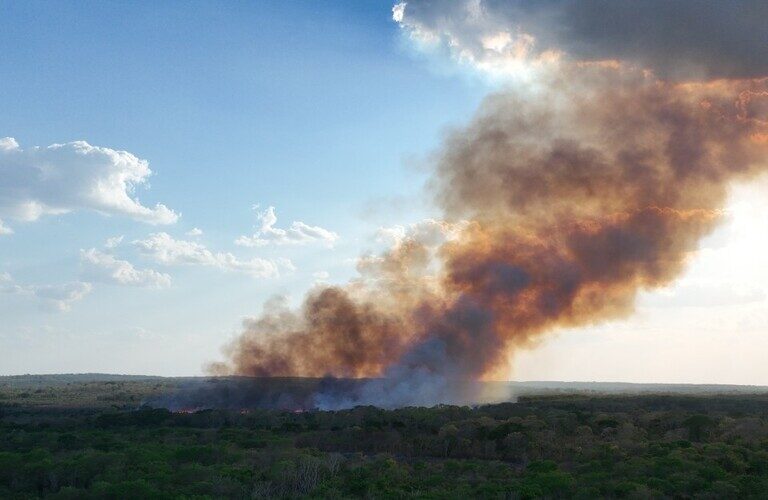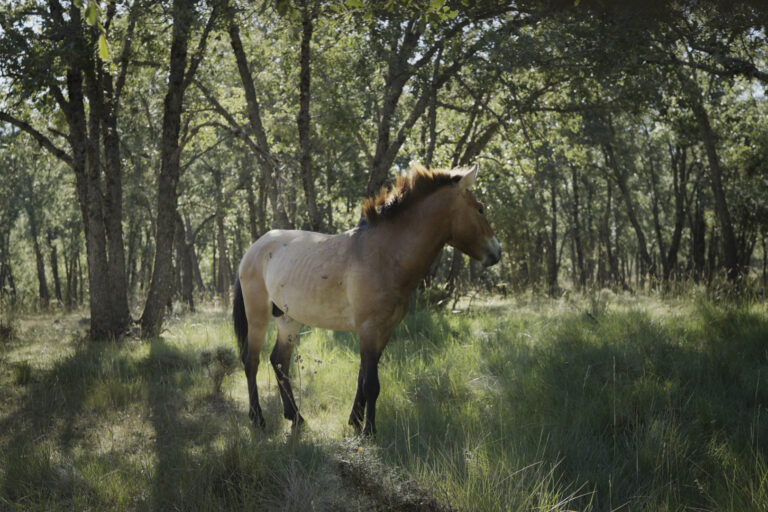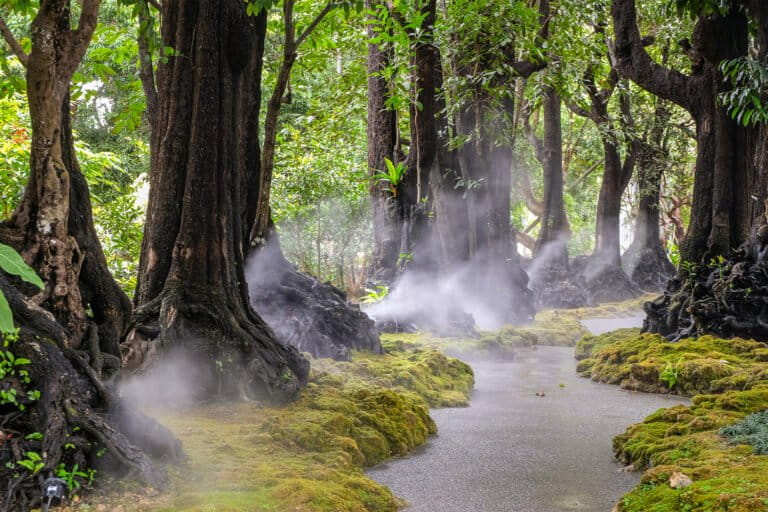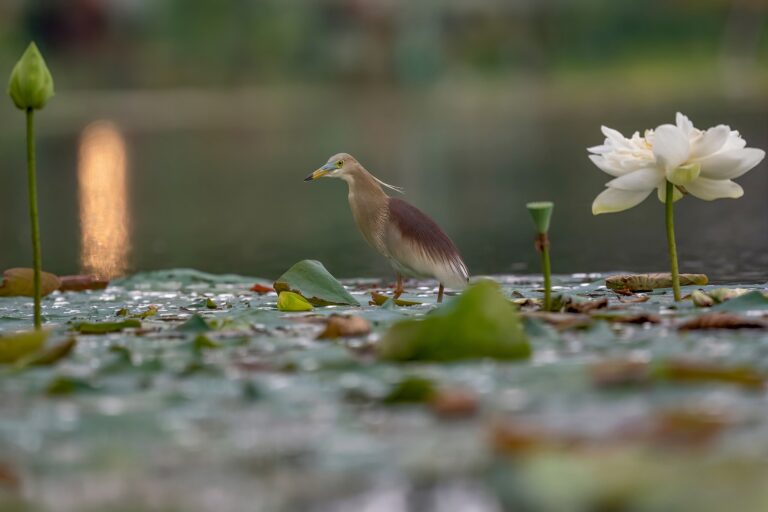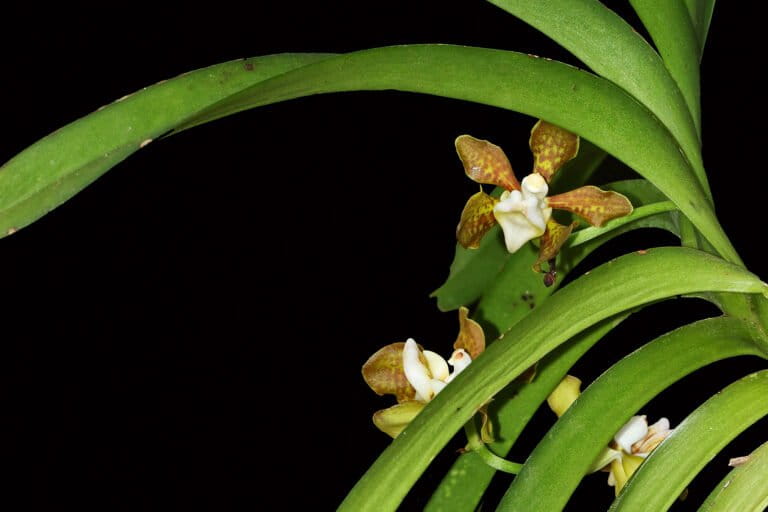Film actor, Leonardo DiCaprio, raised a stunning $38.8 million for global conservation efforts Monday night through an all-star art auction at Christie’s in New York City. Commissioning 33 works of art, the A-list actor raised record funds for saving species from extinction and protecting natural habitats.
“Our goal here tonight is very simple. The funds raised will directly go to support innovative conservation projects on land and in our oceans,” DiCaprio told attendees. “Please. I urge all of you to bid as if the fate of the planet depends on us.”
DiCaprio, who has long been known as a passionate environmentalist, reportedly persuaded artists himself to donate works and called potential clients in the days before the auction to urge them to bid. Before auctioning started DiCaprio told the crowd that only 2 percent of charitable donations worldwide go to environmental issues. Several of the artists saw their works sold for record prices.
A group of environmental experts and the Leonardo DiCaprio Foundation will decide where the money goes. To put the figure in context, the single night of fundraising by DiCaprio could fund WWF’s global programs for over 3 months.
In 2010, DiCaprio donated a million dollars to tiger conservation at the Global Tiger Summit in Russia.
Known for critically-acclaimed roles in films such as The Aviator, Django Unchained, Blood Diamond, The Departed, and Titanic, DiCaprio also produced an environmental documentary called The 11th Hour. DiCaprio currently stars in The Great Gatsby as the title character.

Captive Sumatran tiger. Today more tigers survive in captivity than in the wild where only around 3,000 of the great cats remain. The Sumatran tiger is down to around 500 animals and is listed as Critically Endangered. Photo by: Rhett A. Butler.
Related articles
Rhino populations in Sumatra, Borneo should be combined to save Sumatran rhino from extinction

(05/15/2013) A new study argues for treating endangered Sumatran populations in Borneo and Sumatra as ‘a single conservation unit’, lending academic support to a controversial proposal to move wild rhinos from Malaysia to Indonesia.
Indonesia officially extends forestry moratorium
(05/15/2013) The Indonesian government has officially extended its moratorium on new logging and plantation concessions in 65 million hectares of forests and peatlands for another two years. The move, which had been expected, was announced Wednesday by Indonesian President Susilo Bambang Yudhoyono.
Industrialized fishing has forced seabirds to change what they eat
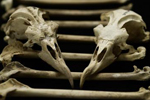
(05/14/2013) The bleached bones of seabirds are telling us a new story about the far-reaching impacts of industrial fisheries on today’s oceans. Looking at the isotopes of 250 bones from Hawaiian petrels (Pterodroma sandwichensis), scientists have been able to reconstruct the birds’ diets over the last 3,000 years. They found an unmistakable shift from big prey to small prey around 100 years ago, just when large, modern fisheries started scooping up fish at never before seen rates. The dietary shift shows that modern fisheries upended predator and prey relationships even in the ocean ocean and have possibly played a role in the decline of some seabirds.
Five percent of ploughshare tortoise population perishes after botched smuggling attempt
(05/14/2013) In March, two people were caught attempting to smuggle 54 ploughshare tortoises (Astrochelys yniphora) into Thailand. Listed as Critically Endangered, the tortoises’ wild population is down to approximately 400-500 animals in its native Madagascar, meaning the smugglers were attempting to move over 10 percent of the total population. Now, the Scientific American blog Extinction Countdown reports that nearly half of the smuggled tortoises have died of unknown causes.
Why responsible tourism is the key to saving the mountain gorilla

(05/13/2013) The sunlight poured through the canopy, casting dappled shade over Makara, a large silverback mountain gorilla, as he cast his eyes around the forest clearing, checking on the members of his harem. A female gorilla reclined on a bank of dense vegetation of the most brilliant green, clutching her three day old infant close to her chest, and elsewhere, two juvenile gorillas played around a small tree, running rings around it until one crashed into the other and they rolled themselves into a roly-poly ball of jet black fluff that came to a halt a few meters in front of our delighted group.
Elephants massacred for ivory in Central African Republic
(05/10/2013) Dozens of elephants have been slaughtered in the Dzanga Bai World Heritage Site in the Central African Republic just days after conservationists warned about an impending threat from the movement of 17 heavily armed poachers. The massacre occurred at a site renowned as ‘village of elephants’, where tourists and scientists have for decades observed wild elephants congregating at a large clearing to feed on minerals.
Aquarium launches desperate search to save a species down to 3 individuals
(05/10/2013) Aquarists at ZSL London Zoo have launched a worldwide appeal to find a female mate for a fish species that is believed to have gone extinct in the wild.
New endangered list for ecosystems modeled after ‘Red list’ for species
(05/09/2013) The IUCN has unveiled the first iteration of its new Red List of Ecosystems, a ranking of habitats worldwide.








